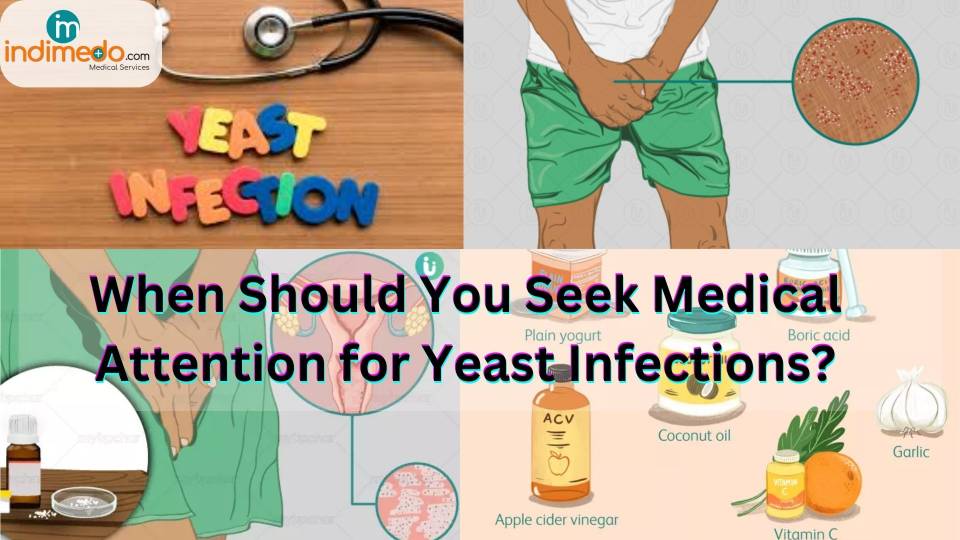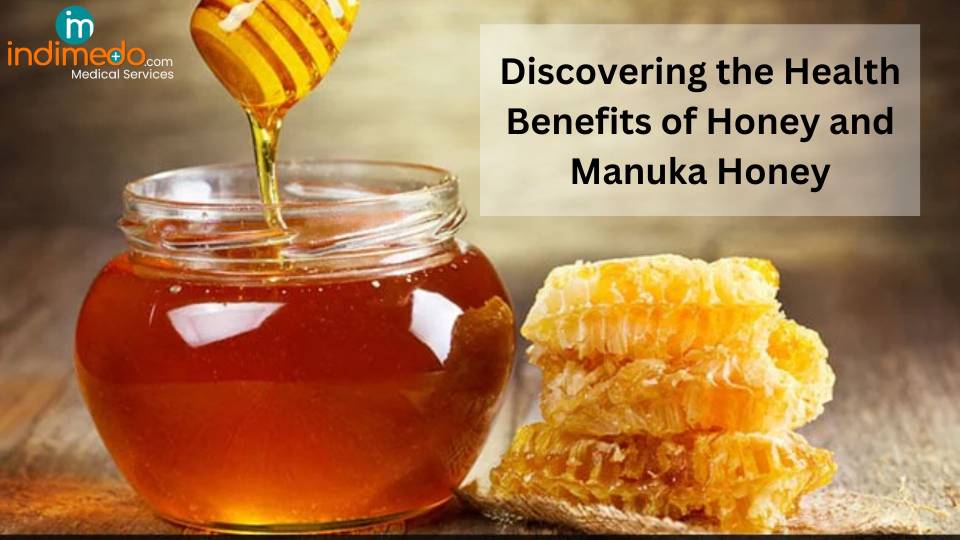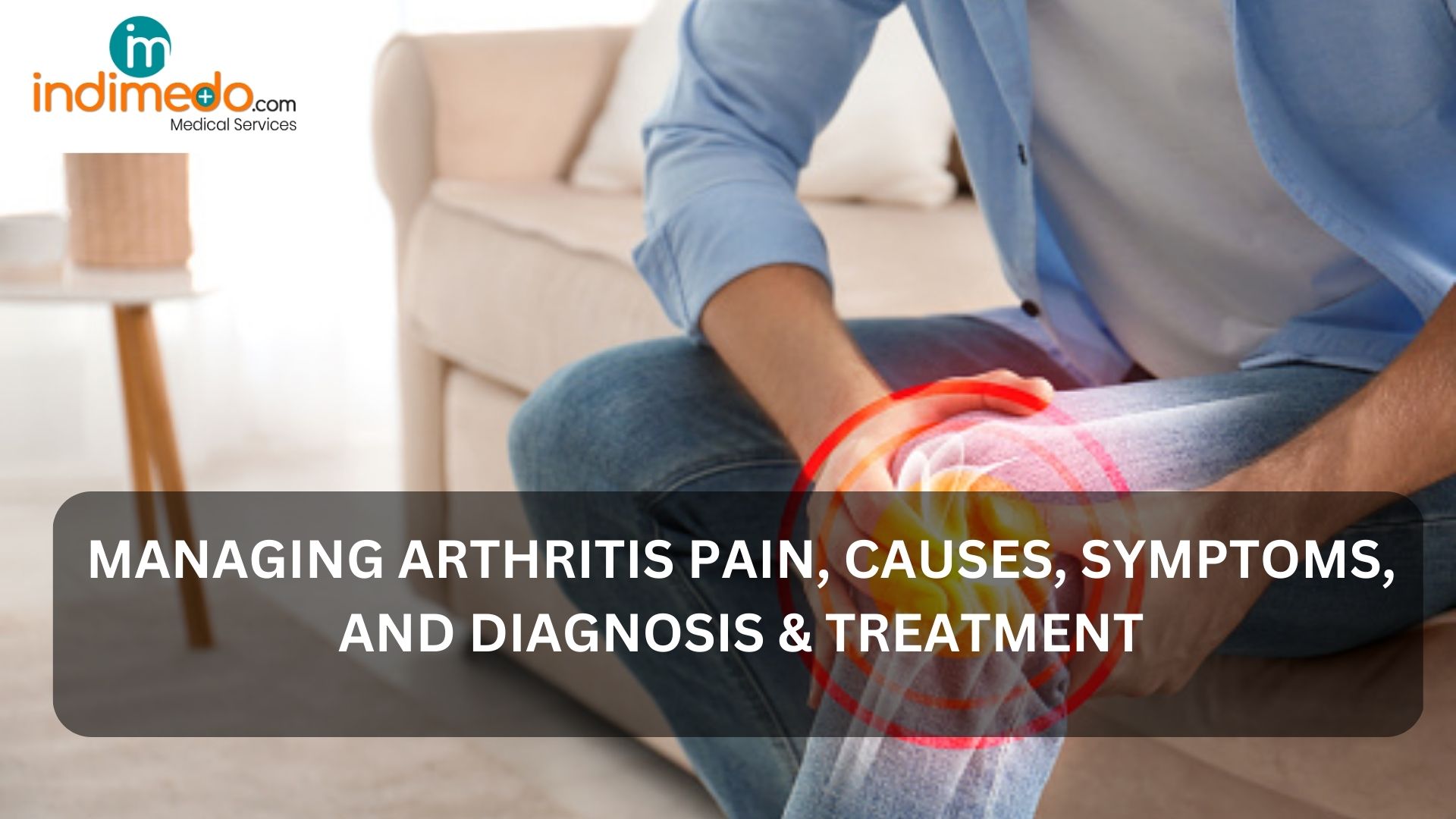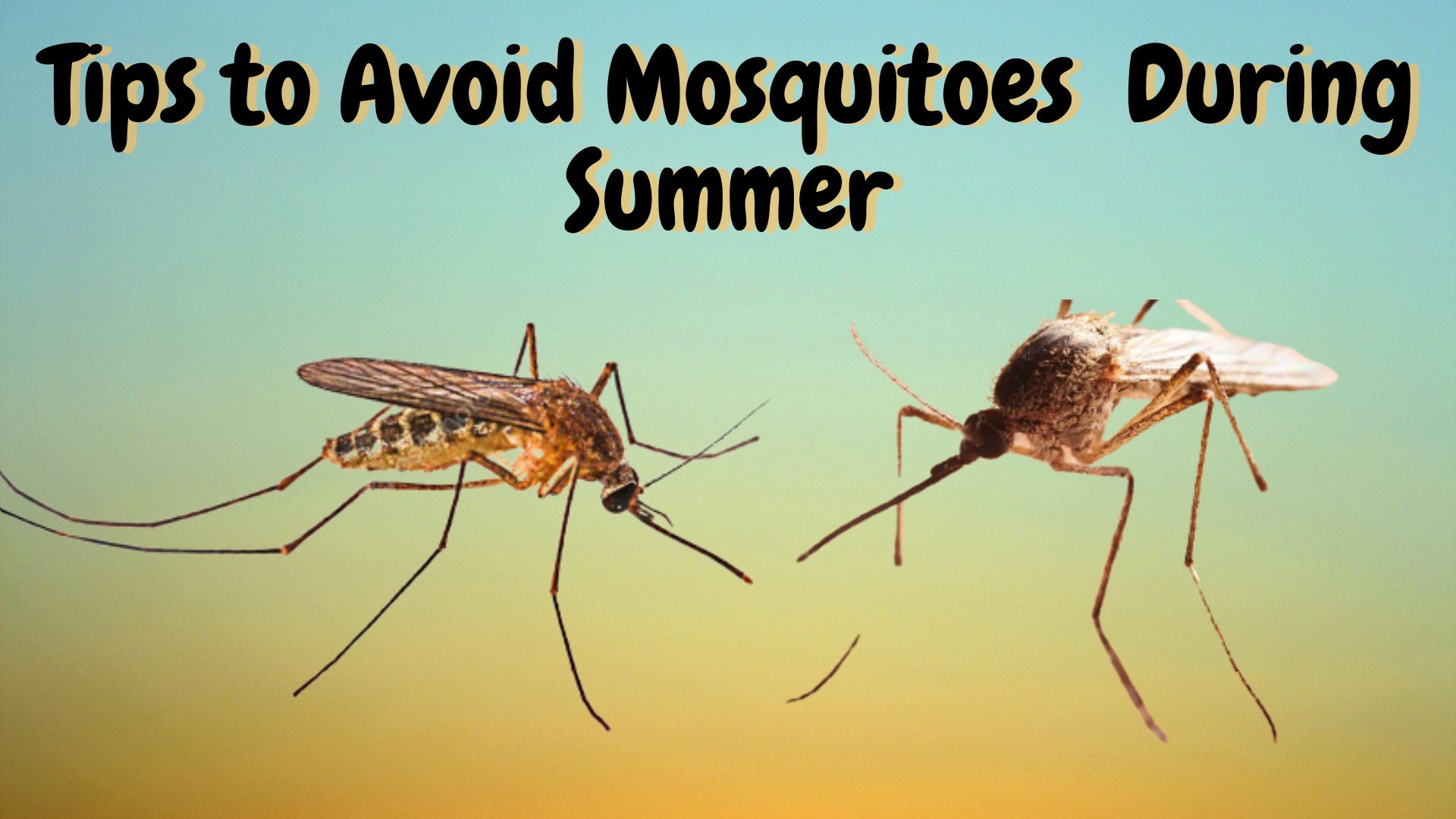When Should You Seek Medical Attention for Yeast Infections?

Yeast infection
A yeast infection, also known as candidiasis, is a common fungal infection caused by the overgrowth of Candida yeast. The most common type of yeast infection is vaginal candidiasis, which affects women. However, yeast infections can also affect men and other areas of the body, such as the mouth, throat, and skin folds.
Symptoms of a yeast infection can include itching, burning, and redness in the affected area. In some cases, there may also be a discharge, odor, and pain during urination or intercourse.
Yeast infections are usually treated with antifungal medications, either in the form of creams, ointments, suppositories, or oral medication. In addition to medication, lifestyle changes, such as wearing breathable cotton underwear and avoiding tight-fitting clothing, can also help prevent yeast infections.
Causes and Symptoms of Yeast Infections
Yeast infections, also known as candidiasis, are caused by an overgrowth of the fungus Candida in the body. The following are the most common causes and symptoms of yeast infections:
Causes:
- Antibiotic use: Antibiotics can kill off the "good" bacteria in the body, which can lead to an overgrowth of yeast.
- Diabetes: High blood sugar levels can provide a favorable environment for yeast growth.
- Weak immune system: A weakened immune system can make the body more susceptible to yeast infections.
- Hormonal changes: Changes in hormone levels, such as those that occur during pregnancy or menopause, can increase the likelihood of yeast infections.
- Sexual activity: Sexual activity can introduce yeast into the vaginal area, which can lead to an overgrowth.
Symptoms:
- Itching and irritation in the vaginal area
- Burning during urination or sex
- White, thick discharge that resembles cottage cheese
- Swelling and redness of the vulva
- Pain or soreness in the vaginal area
- Rash on the skin surrounding the vagina
- Foul odor from the vaginal area
Yeast infection treatment
Yeast infections, also known as candidiasis, are fungal infections that can affect various parts of the body, including the mouth, genitals, and skin folds. The following are some common treatments for yeast infections:
- Over-the-counter antifungal medications: Creams, ointments, and suppositories containing antifungal agents such as clotrimazole, miconazole, and terbinafine can be bought without a prescription and are typically applied directly to the affected area.
- Prescription antifungal medications: Stronger antifungal medications, such as fluconazole, may be prescribed by a healthcare provider for more severe or recurrent yeast infections.
- Home remedies: Some people find relief from symptoms by using home remedies such as tea tree oil, garlic, or yogurt. However, these remedies have not been scientifically proven to be effective in treating yeast infections.
- Prevention: Taking steps to prevent yeast infections can also be helpful. These include avoiding tight-fitting clothing, avoiding douching, and practicing good hygiene.
Some common antifungal medications used to treat yeast infections include
- Fluconazole: This medication is an oral antifungal that is usually taken as a single dose. It is often used to treat recurrent or severe yeast infections.
- Clotrimazole: This medication is available as a cream or suppository and is applied directly to the affected area. It is usually used for mild to moderate yeast infections.
- Miconazole: This medication is available as a cream or suppository and is applied directly to the affected area. It is also used for mild to moderate yeast infections.
- Terconazole: This medication is available as a cream or suppository and is applied directly to the affected area. It is usually used for severe or recurrent yeast infections.
Yeast infection home remedy
There are several home remedies that can help alleviate the symptoms of a yeast infection:
- Apple cider vinegar: Add a cup of apple cider vinegar to a warm bath and soak for 20-30 minutes. Apple cider vinegar helps restore the natural pH balance of the vagina, which can help fight off yeast.
- Garlic: Garlic has natural antifungal properties. You can insert a garlic clove into the vagina for a few hours to help alleviate the symptoms of a yeast infection.
- Tea tree oil: Mix a few drops of tea tree oil with coconut oil or olive oil and apply it to the affected area. Tea tree oil has natural antifungal properties and can help relieve itching and discomfort.
- Yogurt: Eating plain yogurt with live cultures can help restore the natural balance of bacteria in the vagina. You can also apply plain yogurt directly to the affected area for relief.
- Coconut oil: Coconut oil has natural antifungal properties and can be applied to the affected area for relief.
Make sure your hands are clean before applying creams or oils to your vagina.
Strongest candida killer
Here are some of the strongest candida killers:
- Antifungal Medications: Prescription antifungal medications like fluconazole, voriconazole, and amphotericin B can be effective in treating candida infections, especially systemic infections.
- Essential Oils: Essential oils like tea tree oil, oregano oil, and peppermint oil have antifungal properties and can be used topically or internally to kill candida.
- Probiotics: Probiotics are beneficial bacteria that can help balance the microbiome and reduce candida overgrowth. They can be taken orally or applied topically.
- Garlic: Garlic contains allicin, a compound with antifungal properties, and can be consumed raw or in supplement form to help kill candida.
- Grapefruit Seed Extract: Grapefruit seed extract has been shown to have strong antifungal properties and can be taken orally or applied topically to kill candida.
Yeast infection in men
Symptoms of a yeast infection in men can include:
- Itching and irritation in the genital area
- Redness and swelling of the penis
- Burning sensation during urination or sex
- White, thick discharge from the penis
Yeast infection in women
Symptoms of a yeast infection in women include:
- Itching and burning in the vaginal area
- Swelling and redness of the vulva
- Pain or discomfort during sex
- Pain or discomfort during urination
- Thick, white, odorless discharge
To prevent yeast infections, it is important to maintain good hygiene and avoid irritants such as scented soaps, bubble baths, and tight clothing. Additionally, avoiding excessive sugar and refined carbohydrates in the diet can help to prevent the growth of the fungus.
Yeast infection in babies
Yeast infections are caused by an overgrowth of the fungus Candida, which can occur in warm, moist areas of the body. In babies, the most common site of yeast infections is in the diaper area.
Symptoms of a yeast infection in babies can include:
- Red, raised rash in the diaper area
- Small red bumps or pimples around the edges of the rash
- Scaly or flaky skin around the edges of the rash
- A rash that does not improve with regular diaper rash treatment
- Irritability or fussiness during diaper changes
Yeast infection prevention
yeast infections are common, there are steps you can take to prevent them:
- Keep the affected area clean and dry: Yeast thrives in warm, moist environments, so keeping the affected area clean and dry is crucial.
- Wear breathable clothing: Tight-fitting clothing or non-breathable fabrics can trap moisture, which can create an environment for yeast to grow.
- Avoid douching: Douching can disrupt the natural balance of bacteria in the vagina and increase the risk of yeast infections.
- Avoid using scented products: Scented products, such as tampons, pads, and feminine washes, can irritate the vagina and increase the risk of yeast infections.
- Practice safe sex: Use condoms to reduce the risk of sexually transmitted infections, which can increase the risk of yeast infections.
- Avoid unnecessary antibiotics: Antibiotics can kill both bad and good bacteria, which can disrupt the natural balance in the vagina and increase the risk of yeast infections.
- Eat a healthy diet: Eating a diet rich in nutrients can help support a healthy immune system and reduce the risk of yeast infections.
Conclusion
In conclusion, yeast infections are a common type of fungal infection that can be treated effectively with antifungal medication. It is important to seek medical advice if symptoms persist or if there is a recurrence of the infection.





 Login with Facebook
Login with Facebook
 Login with Google
Login with Google